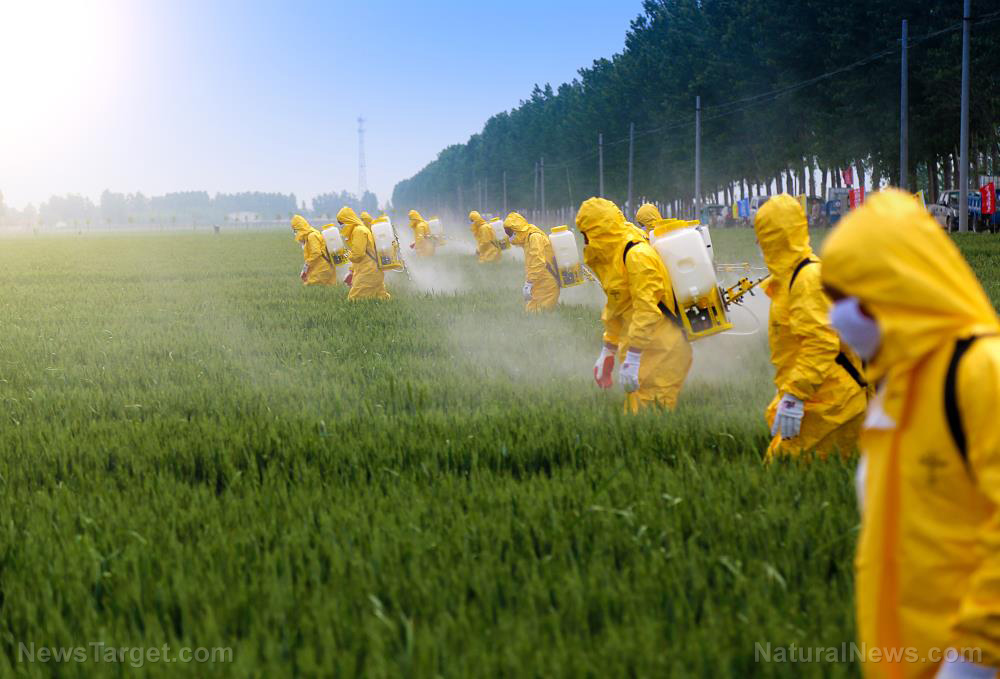
The Green Markets North America Fertilizer Price Index hit $996.32 per short ton last week, which is a record high. It soared well past its 2008 peak, setting a new benchmark for the nearly 20-year-old index. The rise is being attributed to the climbing cost of natural gas, which is used for manufacturing nitrogen products.
The fertilizer market has already been suffering thanks to plant shutdowns, a variety of sanctions and hurricanes. The problem is compounded by natural gas shortages in Europe and China, with fertilizer producers such as Yara International ASA and CF Industries Holdings being forced to close plants or lower production due to surging prices. These factors have caused nutrient prices to climb, making fertilizer more expensive to produce.
Because fertilizer plays such a vital role in crop development in ensuring that enough food can be produced to supply the global economy, these conditions are contributing to the current climb in food inflation that could have a very severe economic impact throughout the world. Emerging market economies will suffer the most initially as those with lower incomes need to spend a greater portion of their income on food.
Nitrogen fertilizers are particularly crucial for growing corn and wheat. Bloomberg’s Green Markets reports that these growing fertilizer prices could push the cost of corn production for U.S. farmers as much as 16 percent higher.
In Canada, which is the biggest canola exporter in the world as well as a major producer of wheat, farmers are dealing with the steepest fertilizer price hike in 6 years, Statistics Canada reports. Their total farm input costs, meanwhile, including seeds, feed expenses and machinery, hit their highest level since at least 2002 on the Canadian Farm Input Price Index.
This week, the Food and Agriculture Organization's Global Food Index rose to a new decade high due to gains in vegetable oils and cereals.
Because the growing season in the northern hemisphere begins in early spring, the rise in farm input costs – not only for fertilizer but also labor, machinery and diesel – could well spur sustained food inflation throughout next year.
Food inflation continues to grow
Unfortunately, this additional food inflation is coming at a time when many are still struggling to feed their families thanks to pandemic-related job losses and other economic impacts. Food prices had already been rising as food producers struggle with shortages, transportation woes and labor issues.
According to the U.S. Department of Labor, inflation at the wholesale level rose 8.3% this August compared to August of 2020 in the biggest annual gain seen since the department began calculating the figure in 2020. These prices are being passed on to consumers, who are paying 5.9% more over last year on poultry, fish, eggs and meat, and 15.7% more than the prices seen before the pandemic in August 2019.
One of the country's biggest food distributors, Sysco, reported food inflation of 10.2% in its most recent quarterly report. These increases are being passed on to restaurants, who are then passing them along to their customers.
Meanwhile, supply chain issues persist as ingredient suppliers are seeing longer lead times due to ingredient shortages, the unpredictability of transport via truck and container ship, and a lack of staffing. Many food manufacturers have sold out while waiting for their ingredients to arrive. In particular, the products sold in the center aisles of grocery stores, such as snacks, cereals and canned goods that require multiple ingredients sourced from around the world, are suffering. The baking industry has reported price hikes in 49 of its top 50 ingredients and expects baked goods prices to rise by a further 5 to 10% across all categories by the end of the year.
At the same time, ongoing packaging shortages due to the cold snap in Texas, wooden pallet shortages caused by COVID-related mill shutdowns, and spikes in prices of aluminum and cardboard are all pushing food prices up. With no sign of food inflation slowing, it's time to seriously consider storing food and planning for the future.
Sources for this article include:
Please contact us for more information.




















